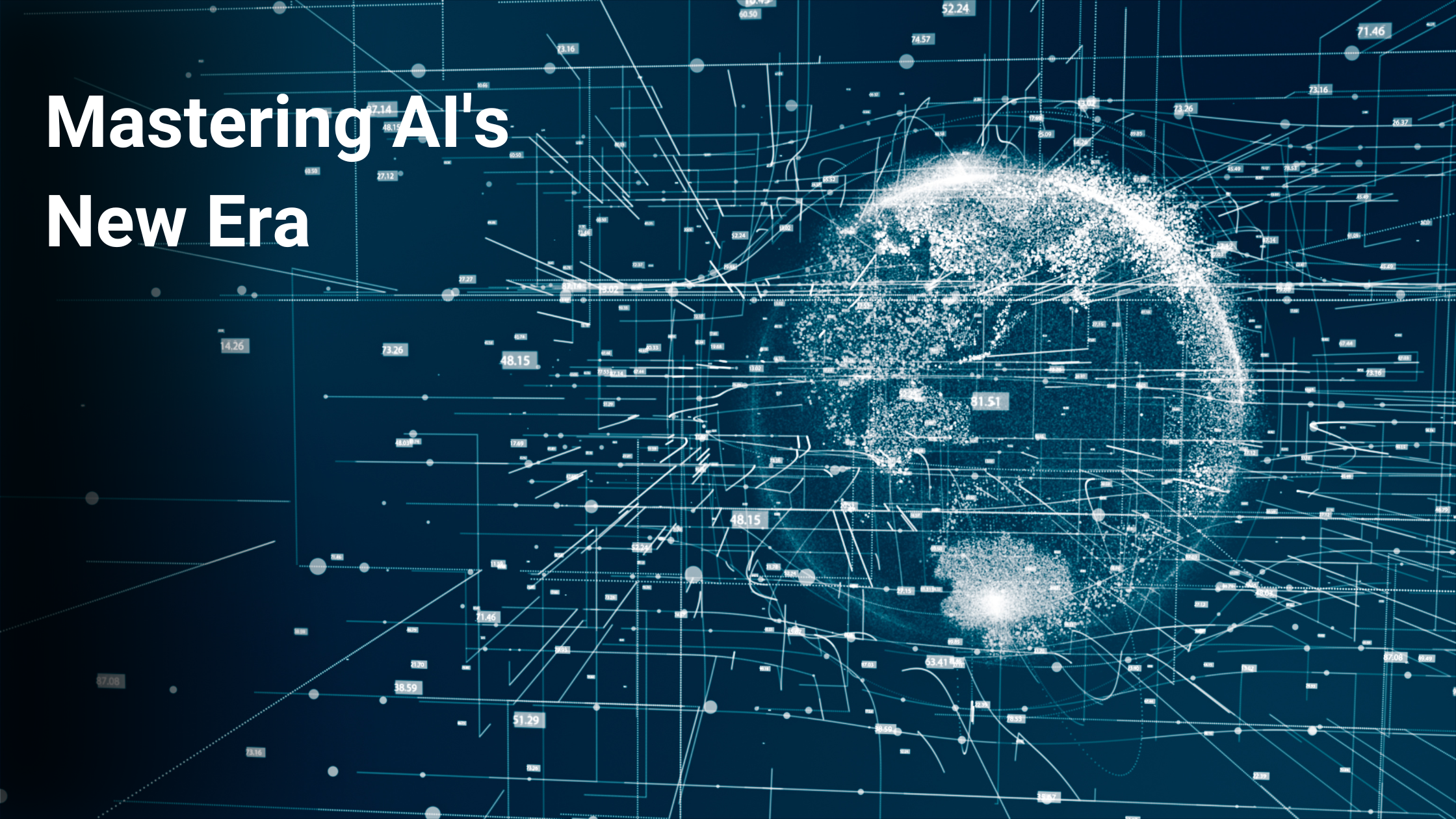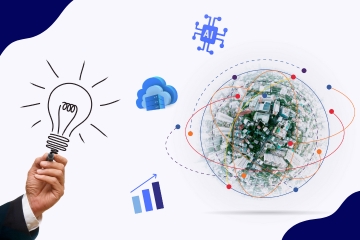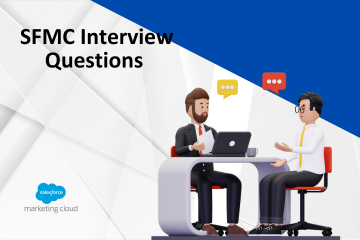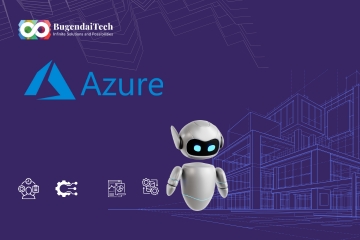Introduction
Generative AI has emerged as a revolutionary force, transforming industries across the globe with its ability to autonomously create realistic content, spanning images, videos, and text.
In recent years, its adoption has skyrocketed, with a significant portion of the population embracing generative AI tools across various age groups and sectors. This surge in interest is propelled by the remarkable capabilities of generative AI models, particularly Foundation Models (FMs) and Large Language Models (LLMs), which are trained on vast and diverse datasets, enabling them to adapt to a wide array of tasks.
In this era of AI advancement, operationalizing these powerful models at scale has become paramount. Possessing cutting-edge AI technologies is no longer sufficient; the key lies in seamlessly integrating them into business operations to unlock their full potential.
This integration gives rise to a new paradigm in AI operations, marked by the convergence of Machine Learning Operations (MLOps), Foundation Model Operations (FMOPs), and Large Language Model Operations (LLMOPs).
This blog delves deep into the intricacies of FMOPs and LLMOPs, exploring their definitions, methodologies, and practical applications in today's AI landscape.
By understanding the components and nuances of these operational frameworks, businesses can streamline their AI workflows, accelerate innovation, and harness the transformative power of generative AI to drive unprecedented value across diverse domains.
Definition of Foundation Models (FMs) and their Significance in Modern AI
Foundation Models (FMs) represent a groundbreaking approach to artificial intelligence, characterized by their vast scale, versatility, and adaptability. These models are trained on extensive and diverse datasets, encompassing a wide range of text, images, and other forms of data, enabling them to deeply understand various domains and tasks.
Unlike traditional task-specific models designed for specific applications such as image classification or language translation, FMs are general-purpose models capable of performing many tasks across different domains.
The significance of Foundation Models lies in their ability to serve as the building blocks for a wide range of AI applications. By leveraging the immense knowledge encoded within these models, developers can rapidly prototype and deploy solutions for diverse use cases, ranging from natural language processing and computer vision to recommendation systems and autonomous driving.
Moreover, FMs facilitate continuous learning and adaptation, allowing them to improve and evolve over time as they encounter new data and scenarios.
Core Components of FMOPs
Foundation Model Operations (FMOPs) encompasses a series of essential processes and practices aimed at effectively managing and leveraging Foundation Models in real-world applications. The core components of FMOPs include:
- Selection: Identifying and choosing the most suitable Foundation Model for a specific application. This involves considering factors such as model size, performance, fine-tunability, and compatibility with the target domain.
- Testing: Rigorous evaluation and validation of the selected Foundation Model to ensure its suitability and effectiveness for the intended use case. This may involve assessing factors such as model accuracy, robustness, and computational efficiency using labeled and unlabeled data.
- Deployment: Integrating the selected Foundation Model into the production environment and making it accessible to end-users. This includes setting up infrastructure, implementing APIs or interfaces for model access, and ensuring scalability, reliability, and security.
Critical Factors to Consider when Choosing a Foundation Model
When selecting a Foundation Model for a specific application, several critical factors must be carefully considered to ensure optimal performance and compatibility. Some of the key factors include:
- Model Size: The number of parameters in the model which can affect computational resources, inference speed, and fine-tuning capabilities.
- Performance: The ability of the model to accurately and effectively perform the desired tasks, as measured by metrics such as accuracy, precision, and recall.
- Fine-Tunability: The extent to which the model can be fine-tuned or adapted to specific domains or tasks can impact its flexibility and performance in real-world scenarios.
- Training Dataset: The quality and diversity of the data used to train the model can influence its generalization ability and robustness across different domains.
- Speed and Latency: The model's inference speed and latency are crucial for real-time or latency-sensitive applications.
- Ethical and Regulatory Considerations: Compliance with ethical guidelines and regulatory requirements, such as data privacy and fairness, to ensure responsible AI deployment.
By carefully evaluating these factors and selecting the most appropriate Foundation Model for a given application, organizations can maximize the effectiveness and impact of their AI solutions while minimizing risks and challenges.
Exploring LLMOPs
Definition of Large Language Model Ops (LLMOPs) and its Role
Large Language Model Ops (LLMOPs) is a specialized subset of operational practices focused on managing and operationalizing solutions based on large language models (LLMs), particularly those used in text-to-text applications. LLMs, such as GPT-3 and BERT, are characterized by their vast size, comprising billions of parameters, and ability to generate coherent and contextually relevant text across various tasks.
LLMOPs play a crucial role in operationalizing LLM-based solutions by providing the necessary tools, processes, and best practices to effectively manage these models in production environments.
This includes tasks such as model selection, fine-tuning, deployment, monitoring, and maintenance, tailored specifically to the unique characteristics and challenges posed by large language models.
Unique Challenges and Considerations in Managing Large Language Models
Managing large language models in production environments presents several unique challenges and considerations, including:
- Computational Resources: LLMs require significant computational resources for training, inference, and fine-tuning, which can pose difficulties regarding scalability and cost-effectiveness.
- Latency and Inference Speed: The sheer size of LLMs can result in high latency and slow inference speed, particularly for real-time or latency-sensitive applications.
- Fine-Tuning and Adaptation: Fine-tuning LLMs for specific tasks or domains requires expertise and careful experimentation to achieve optimal performance.
- Ethical and Bias Considerations: LLMs may inadvertently generate biased or harmful outputs, necessitating robust monitoring and mitigation strategies to ensure ethical and responsible AI deployment.
Specialized Practices and Techniques in LLMOPs for Text-to-Text Applications
In LLMOPs for text-to-text applications, specialized practices, and techniques are employed to address the unique requirements of these tasks. This includes:
- Prompt Engineering: Crafting effective prompts or input sequences to elicit desired outputs from the LLM, ensuring contextually relevant and accurate responses.
- Prompt Chaining: Breaking down complex tasks into smaller, manageable sub-tasks through prompt chaining mechanisms, enabling dynamic and context-aware interactions with the LLM.
- Monitoring and Filtering Mechanisms: Implementing monitoring and filtering mechanisms to ensure input and output quality, such as toxicity detectors, to eliminate harmful or inappropriate responses.
- Evaluation and Feedback Integration: Establish processes for ongoing evaluation and feedback integration to continuously improve the performance and relevance of the LLM-based solutions.
Comparing MLOps, FMOPs, and LLMOPs
Comparative Analysis
| Aspect | MLOps | FMOPs | LLMOPs |
|---|---|---|---|
| Definition | Operationalizes traditional ML models and solutions. | Operationalizes generative AI solutions, including foundation models. | Operationalizes solutions based on large language models, particularly in text-to-text applications. |
| Primary Focus | Traditional ML models and tasks (e.g., classification, regression). | Generative AI solutions, including various use cases powered by FMs. | LLM-based solutions in text-to-text applications (e.g., chatbots, summarization). |
| Challenges | Model training, deployment, and maintenance with scalability and reproducibility. | Handling vast data and computational requirements, model fine-tuning, deployment at scale. | Computational resource demands, latency, ethical considerations, fine-tuning complexity. |
| Best Practices | Continuous integration/continuous deployment (CI/CD), automated testing, version control. | Model selection, rigorous testing, efficient deployment strategies, ongoing evaluation. | Prompt engineering, prompt chaining, monitoring mechanisms, feedback integration. |
Conclusion
As generative AI continues to evolve and redefine possibilities, the importance of robust operational frameworks cannot be overstated. Foundation Model Operations (FMOPs) and Large Language Model Operations (LLMOPs) offer structured approaches to harnessing the power of advanced AI models, ensuring their effective integration into real-world applications.
By understanding and implementing the core components, best practices, and specialized techniques associated with FMOPs and LLMOPs, businesses can unlock the full potential of generative AI, driving innovation, efficiency, and transformative value across diverse domains.






Comments